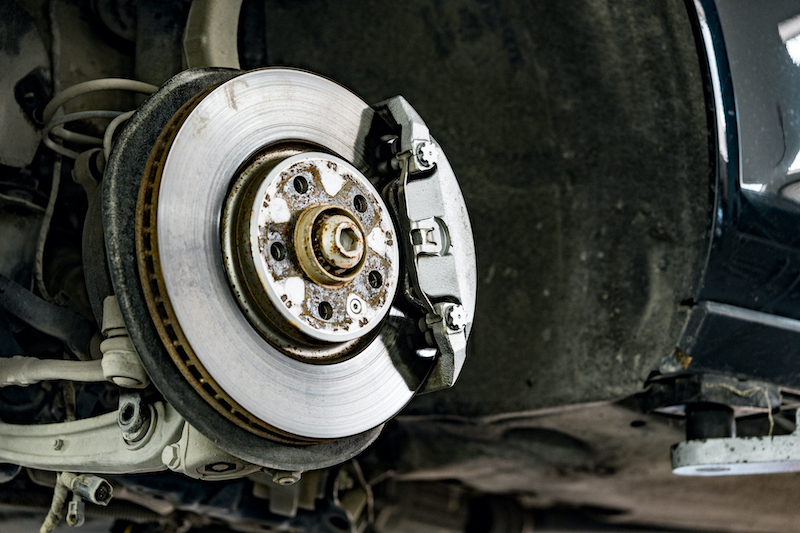The Evolution of Car Braking Systems
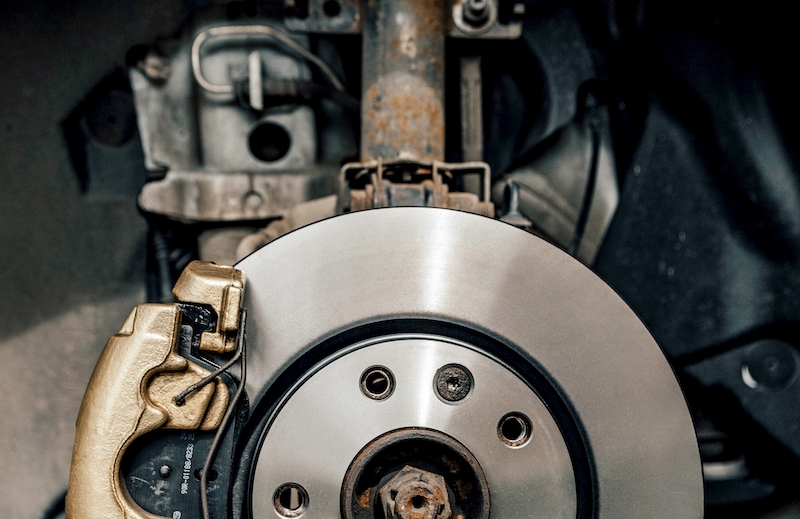
The braking system is, no doubt, one of the most important parts of modern vehicles. However, they haven’t always looked the way they look today.
From the earliest days of basic mechanical brakes to the cutting-edge systems in today’s cars, the evolution of braking shows the ever-growing nature of human creativity, combined with our goal to achieve safety and efficiency while driving.
In this blog, we’ll take a quick trip through time. We’ll explore how car braking systems have evolved from their simple beginnings to the advanced systems we rely on today. We’ll discuss key milestones, clever inventions, and game-changing breakthroughs that have shaped the way we stop our vehicles, making our rides smoother and our roads safer.
We’ll also talk about how technology, engineering, and industry standards have come together to redefine vehicle safety. Let’s dive in and learn about car brake evolution!
1. The Early Innovations

During the initial development of vehicles, early attempts at slowing them down were pretty basic and often not very effective. They would usually rely on manually operated brakes, such as applying physical force directly to the wheels or transmission.
However, as engineering and science progressed, hydraulic braking systems came into play, changing the game entirely. Hydraulic brakes use fluid pressure to boost braking power, which brought unmatched reliability and efficiency to the way vehicles worked.
This shift was a crucial turning point in car history. It led to safer and more responsive braking systems that are still advancing today.
2. A Modern Standard
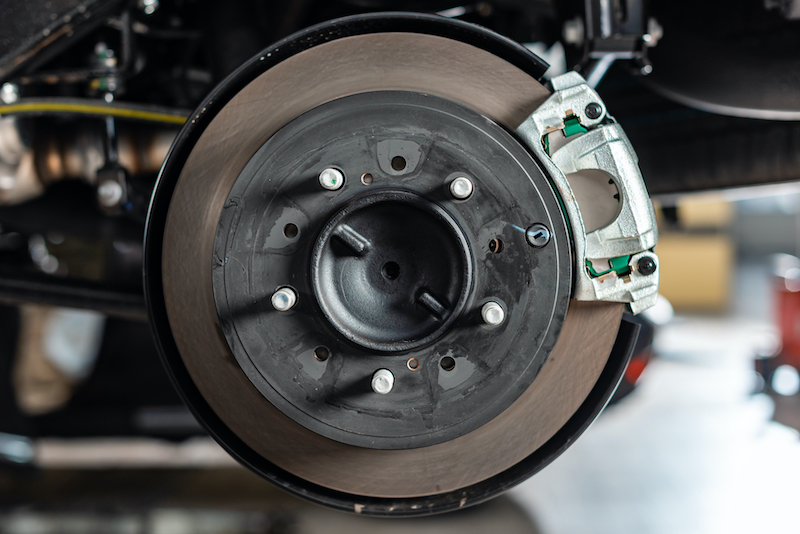
When disc and drum brakes were introduced, they marked a major step forward in car safety and performance.
Drum brakes, with their enclosed designs, were some of the earliest braking methods. They worked by pressing brake shoes against the inside of a spinning drum to slow down vehicles. However, when disc brakes came onto the scene, they changed everything. Disc brakes work by using friction between brake pads and a spinning disc, providing better stopping power, heat dispersal, and durability.
This breakthrough didn’t just make driving safer, it also made braking smoother and more responsive, transforming the driving experience. Together, disc and drum brakes are major milestones in how braking systems have evolved in cars.
3. The ABS Revolution

The ABS (Anti-lock Braking System) made a huge impact on car safety by completely changing how braking works. This technology became available in many cars in the late 20th century.
The best feature of this system is that it stops the wheels from locking up when you brake hard, even on slippery roads. ABS works by quickly adjusting brake pressure, which lets drivers keep control of steering and stops the car from skidding or spinning out.
This innovation has saved so many lives and prevented numerous accidents by helping out in emergencies and tricky road situations. The fact that ABS is used so widely today is a big deal in the ongoing mission to make transportation safer for everyone.
4. The Next Leap in Car Technology
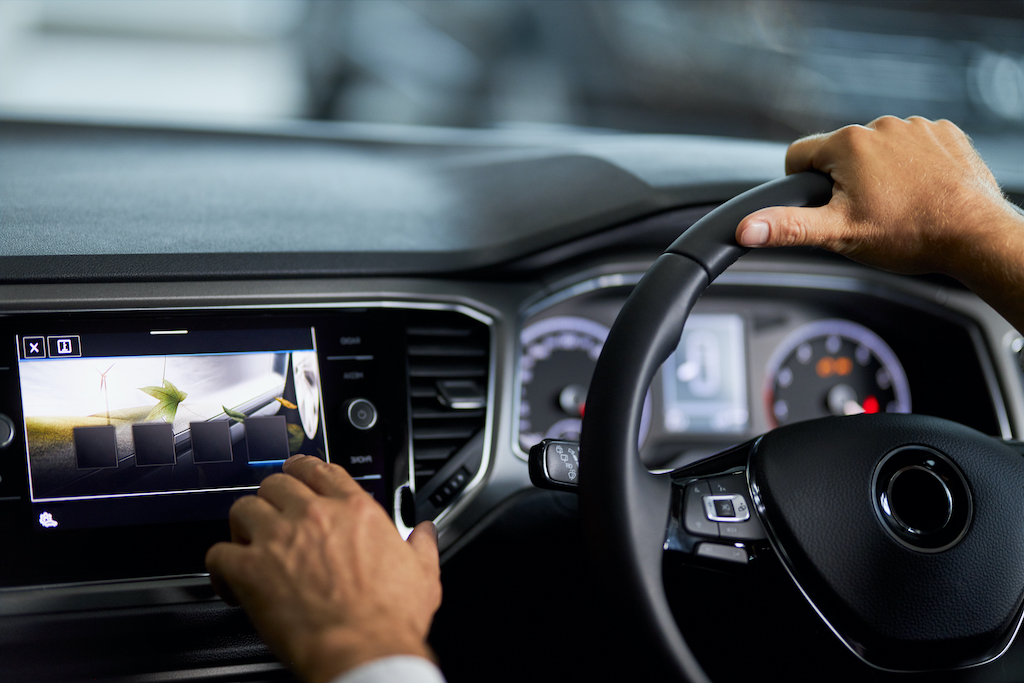
When it comes to brake evolution, Electronic Brakeforce Distribution (EBD) and Brake Assist (BA) are recent technologies that have taken vehicle safety and performance up a notch.
EBD is all about smartly distributing brake force among the wheels, by taking into consideration how heavy the car is and the road conditions. This allows you to get the most stopping power and control possible. It also helps cut down on skidding and keeps the vehicle stable, especially in emergencies.
Meanwhile, Brake Assist backs up EBD by sensing when you slam on the brakes hard. It kicks in to boost brake force, so you can stop quicker.
Together, these innovations give drivers more confidence and control, making a huge difference in emergency situations. EBD and Brake Assist are major steps forward in making driving safer and are an example of how technology is constantly adapting to keep up with modern driving needs.
5. The Future of Braking Systems
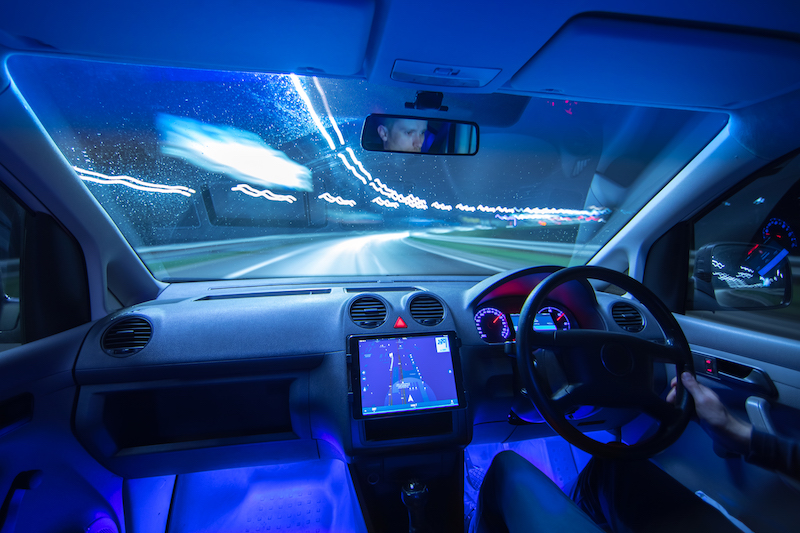
The future of braking is set to bring some incredible changes, thanks to new technology and how cars are evolving. We can expect innovations like blending autonomous driving systems with smart braking algorithms, so your car can predict when to brake and even avoid crashes.
Moreover, for electric and hybrid cars, regenerative braking systems are likely to get even better. These systems help save energy and let you drive further on a single charge. Scientists are also working on making brake parts lighter and tougher, which could mean cars are lighter and perform better overall.
As electric and self-driving cars become the norm, braking systems will have to adapt to the times, making sure that they meet the special needs of these new advancements. It’s all about making driving safer, more efficient, and kinder to the environment.
To Improve Your Car’s Brakes, Choose Online Automotive’s Car Parts
Now that you’ve learned more about car brake evolution, you may be thinking you need to replace or fix your brake parts!
At Online Automotive, we offer a comprehensive selection of high-quality replacement parts, carefully curated to meet your car repair needs. Our competitive prices also ensure that you get the best value for your money.
With expert product descriptions and responsive customer support, we strive to make your shopping experience seamless. Trust us to be your reliable partner in the world of DIY car repairs, ensuring that all your journeys are convenient and hassle-free.
Explore our range of products and get in touch with us today!




